- RESEARCH LAB
-
-
Sub – Manual
Sub
Sub
Sub
Sub
Sub
-
Our RNA Isolation products ensure high yield and consistent result with easy-to-use numbered buffer system

Our DNA Isolation products ensure high yield and consistent result with easy-to-use numbered buffer system

Experience trusted Isolation of PLASMID and Fragment with MarLiJu kits ensuring high-purity.
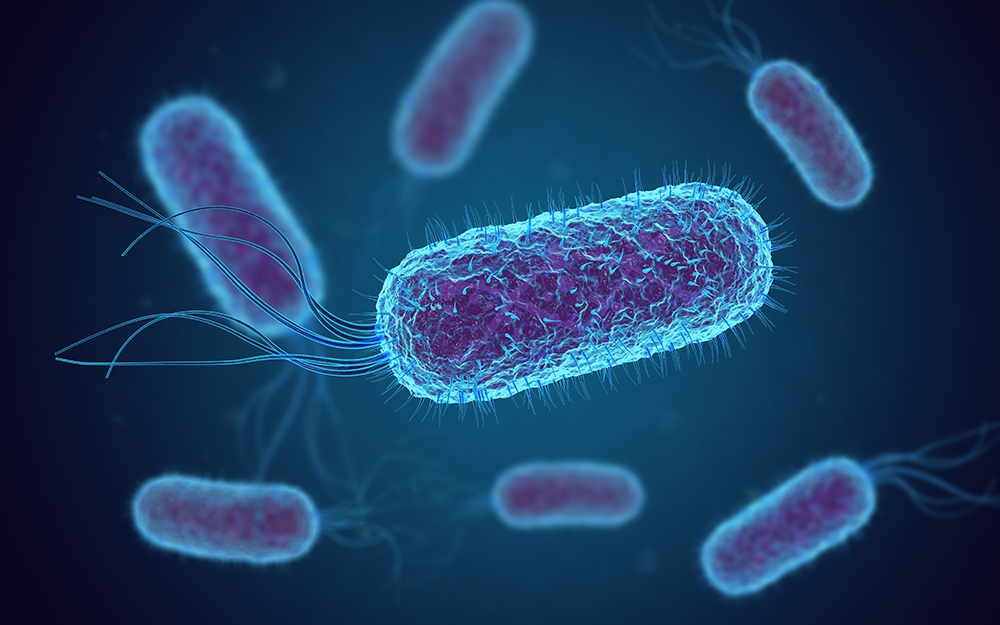
Simplify your experiment needs with MarLiJu’s Premade buffer & ladder
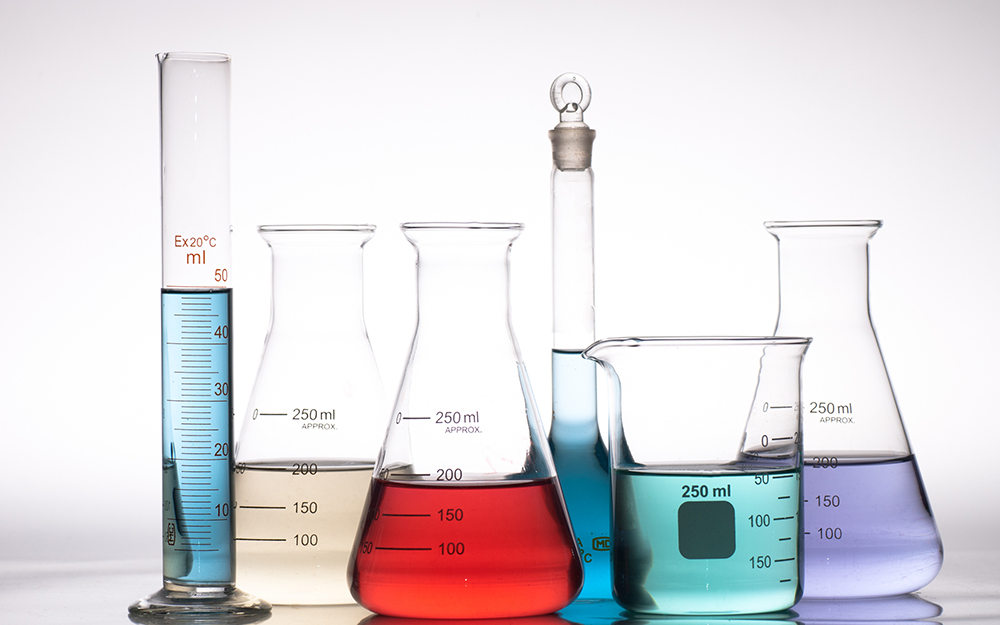
Experience RNA/DNA Amplification for further purification or to use in other downstream application
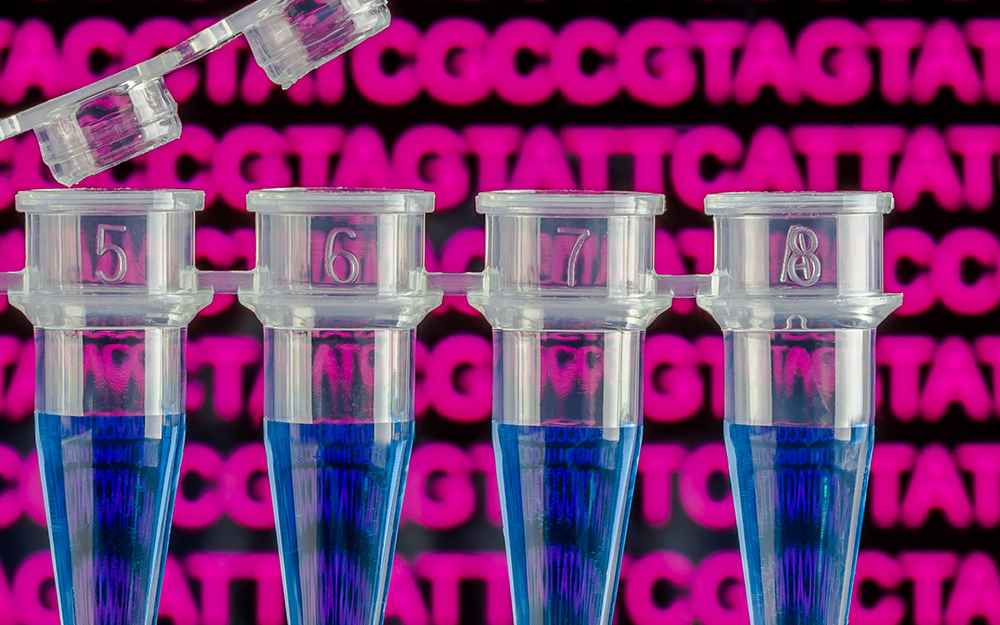
We introduce diverse Laboratory solutions that will be useful for a better experiment
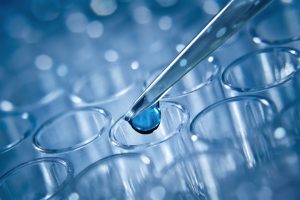
-
- CLINICAL LAB
-
-
Find out various types of IVD reagent products by human use and veterinary use in MarLiJu
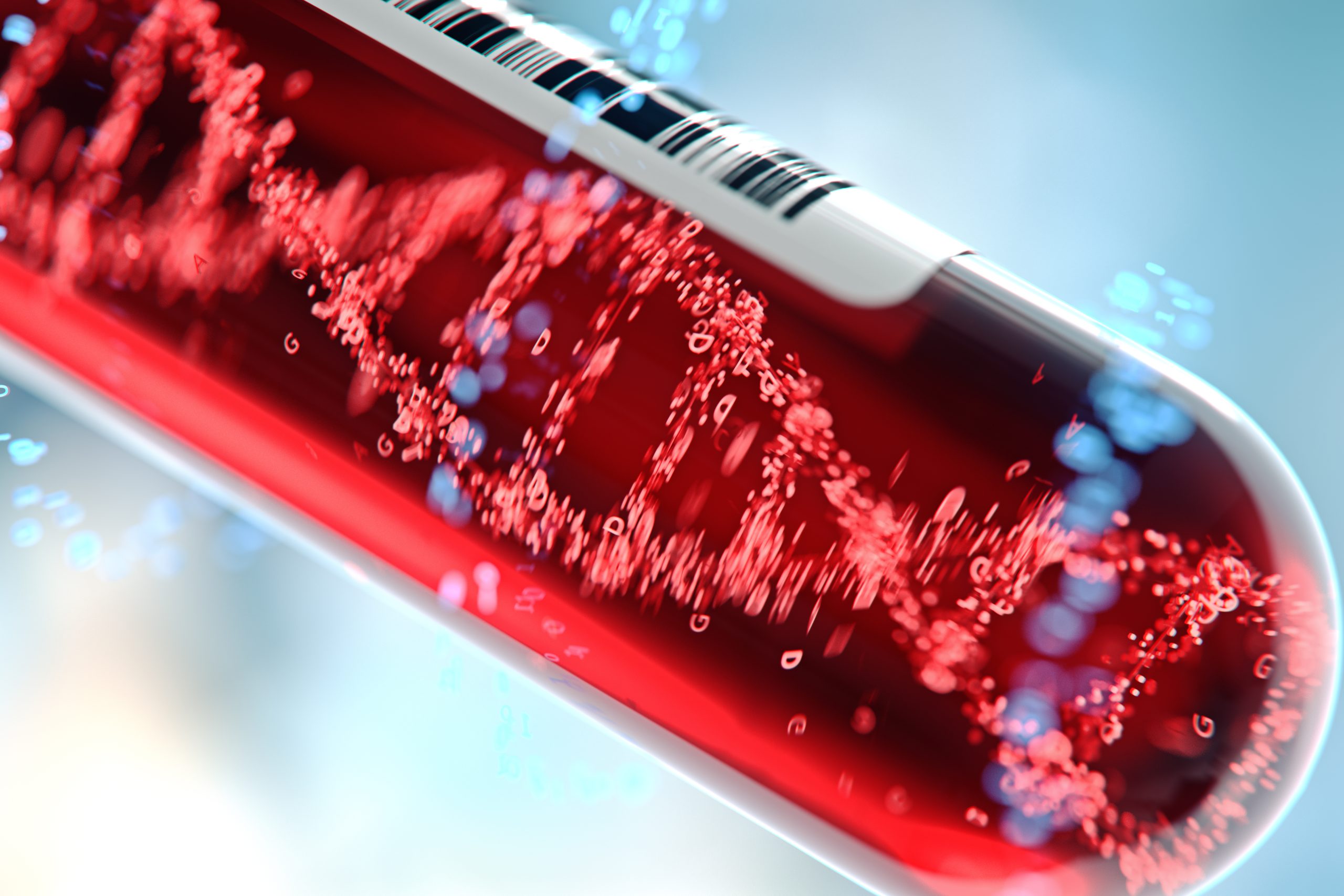
We introduce diverse MarLiJu consumables that will be useful for a better experiment

Enabling you to detect the toughest disease, Corona virus through NGenePlexTM

-
- SERVICE
-
-
We provide high quality of synthesis service with wide range of scale
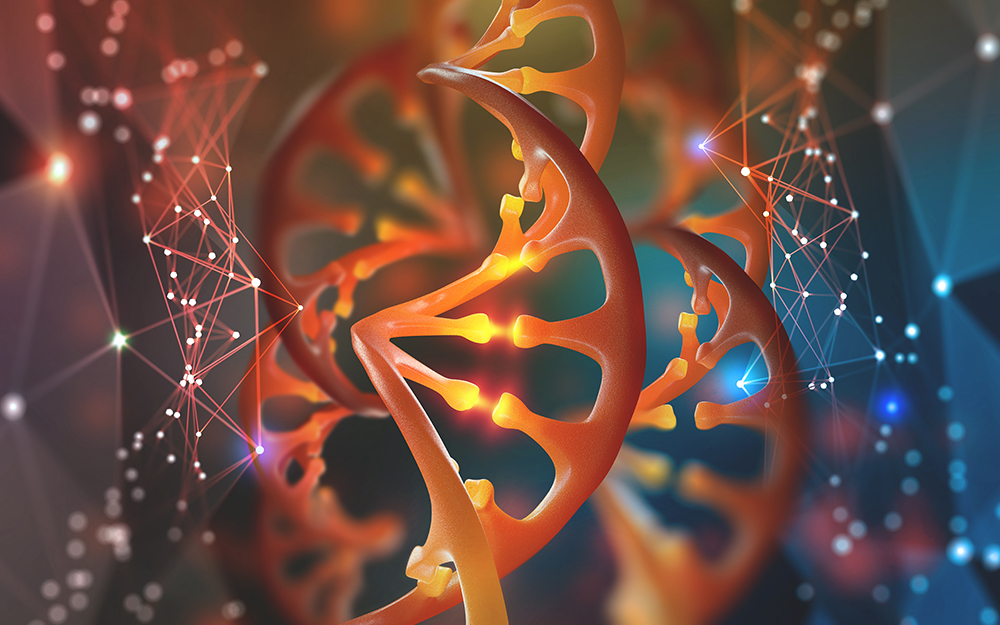
We support Custom Products and Services on your need

-
- PROMO
-
-
-
Discover various events and discounts we offer

-
- CS Center
-
-
-
Find out important notice of MarLiJu

MarLiJu provides diverse technical assistances for you

Simple step to get more information about desired product

Simple step to get more information about desired product

-
- ABOUT MarLiJu
-
-
-
Discover more about MarLiJu, a Junction to the world of Marvel Life sciences

Greeting from the representative of MarLiJu

A place where you can find MarLiJu is as follows

-
Service
Gene Synthesis
E.Coli Expression
Escherichia coli (E. coli) is one of the most widely used hosts for the production of heterologous proteins. Its genetics are far better characterized than those of any other microorganism.
E.coli expression is by far the most cost-efficient and consistent production method. We have the capabilities to scale up from milligrams to grams. Although E.coli do not incorporate post-translational modifications into the recombinant protein, many E.coli produced proteins do show activity of the native protein (our robust catalogue of active recombinant proteins is evidence of this). However bacterial cells produce endotoxins, so if you plan to use the protein in any animal cells or assays, endotoxin removal is recommended.
Baculovirus Expression
- The Baculovirus insect cell expression system is widely used for the production of precisely matured, folded and processed recombinant proteins. In contrast to E. coli, insect cells are able to incorporate post-translational modifications. This unique tool usually yields high amounts of the target protein, making it highly cost effective in comparison to other eukaryotic expression systems. They are also particularly well-suited for expressing secreted proteins.
Baculovirus Expression
- The Baculovirus insect cell expression system is widely used for the production of precisely matured, folded and processed recombinant proteins. In contrast to E. coli, insect cells are able to incorporate post-translational modifications. This unique tool usually yields high amounts of the target protein, making it highly cost effective in comparison to other eukaryotic expression systems. They are also particularly well-suited for expressing secreted proteins.
Mammalian Expression
Mammalian cell lines (CHO, HEK 293 etc) are widely used for the production of recombinant glycoproteins (vaccines, enzymes) as well as hormones and immunobiologicals (antibodies, interleukins, lymphokines), as they have the advantage of full post-translational modifications of the expressed protein (e.g. proper folding, glycosylation, phosphorylation, etc) .
However, mammalian expression levels tend to be lower in comparison to other expression systems, so the cost is higher and achieving large amounts of protein (>10mg) may be difficult.
Yeast Expression
- Yeast Expression and Purification is often used for structural studies. It is useful when creating proteins that would be toxic in E. coli because yeast cells do not create detectable endotoxins. Yeast cells allow the formation of disulfide bonds which allows for glycosylation. However, this glycosylation does not mimic mammalian cells.
Price List
Oligo Price
| Synthesis Scale | 25 nmole | 100 nmole | 200 nmole | 400 nmole | >400 nmole | |
|---|---|---|---|---|---|---|
| Price / Base | $0.45 | $0.60 | $1.00 | $1.50 | Inquire | |
| Purification Price | HA | free | free | free | free | |
| PAGE | X | $10.00 | $15.00 | $20.00 | Inquire | |
| HPLC | X | $20.00 | $25.00 | $30.00 | Inquire | |
| Guaranteed Yield# (OD) | HA | 2 ODs | 5 ODs | 10 ODs | 20 ODs | Inquire |
| PAGE | X | 2 ODs | 5 ODs | 10 ODs | Inquire | |
| HPLC | X | 2 ODs | 5 ODs | 10 ODs | Inquire | |
| Available Length (Base) | HA | 11-59 base | 11-59 base | 11-59 base | 11-59 base | Inquire |
| PAGE | X | 11-59 base | 11-99 base | 11-130 base | Inquire | |
| HPLC | X | 11-59 base | 11-99 base | 11-130 base | Inquire | |
Fluorophores
| 5’AMCA (mass QC) | Synthesis Scale | Purification Method | Yield | Price/Base ($) | Mod.& Pur. Cost ($) |
|---|---|---|---|---|---|
| AMCA5-100 | 100 nmole | HPLC | 2 ODs | $0.60 | $150.00 |
| AMCA5-200 | 200 nmole | HPLC | 5 ODs | $1.00 | $200.00 |
| AMCA5-400 | 400 nmole | HPLC | 10 ODs | $1.50 | $300.00 |
| AMCA5-1000 | 1 µmole | HPLC | 20 ODs | $3.00 | $600.00 |
| 3’AMCA (mass QC) | Synthesis Scale | Purification Method | Yield | Price/Base ($) | Mod.& Pur. Cost ($) |
|---|---|---|---|---|---|
| AMCA3-100 | 100 nmole | HPLC | 2 ODs | $0.60 | $150.00 |
| AMCA3-200 | 200 nmole | HPLC | 5 ODs | $1.00 | $200.00 |
| AMCA3-400 | 400 nmole | HPLC | 10 ODs | $1.50 | $130.00 |
| AMCA3-1000 | 1 µmole | HPLC | 20 ODs | $3.00 | $260.00 |
Dual-Labeled DNA Probes
| 5′ 6-FAM-3’TAMRA NHS Ester (mass QC) | Synthesis Scale | Purification Method | Yield | Price/Base ($) | Mod.& Pur. Cost ($) |
|---|---|---|---|---|---|
| FT-100 | 100 nmole | HPLC | 2 ODs | $0.60 | $180.00 |
| FT-200 | 200 nmole | HPLC | 5 ODs | $1.00 | $260.00 |
| FT-400 | 400 nmole | HPLC | 10 ODs | $1.50 | $380.00 |
| FT-1000 | 1 µmole | HPLC | 20 ODs | $3.00 | $760.00 |
| 5′ 6-FAM-3’BHQ-1 (mass QC) | Synthesis Scale | Purification Method | Yield | Price/Base ($) | Mod.& Pur. Cost ($) |
|---|---|---|---|---|---|
| FB-100 | 100 nmole | HPLC | 2 ODs | $0.60 | $180.00 |
| FB-200 | 200 nmole | HPLC | 5 ODs | $1.00 | $260.00 |
| FB-400 | 400 nmole | HPLC | 10 ODs | $1.50 | $380.00 |
| FB-1000 | 1 µmole | HPLC | 20 ODs | $3.00 | $760.00 |
Oligo Price
| Synthesis Scale | 25 nmole | 100 nmole | 200 nmole | 400 nmole | >400 nmole | |
|---|---|---|---|---|---|---|
| Price / Base | $0.45 | $0.60 | $1.00 | $1.50 | Inquire | |
| Purification Price | HA | free | free | free | free | |
| PAGE | X | $10.00 | $15.00 | $20.00 | Inquire | |
| HPLC | X | $20.00 | $25.00 | $30.00 | Inquire | |
| Guaranteed Yield# (OD) | HA | 2 ODs | 5 ODs | 10 ODs | 20 ODs | Inquire |
| PAGE | X | 2 ODs | 5 ODs | 10 ODs | Inquire | |
| HPLC | X | 2 ODs | 5 ODs | 10 ODs | Inquire | |
| Available Length (Base) | HA | 11-59 base | 11-59 base | 11-59 base | 11-59 base | Inquire |
| PAGE | X | 11-59 base | 11-99 base | 11-130 base | Inquire | |
| HPLC | X | 11-59 base | 11-99 base | 11-130 base | Inquire | |
Fluorophores
| 5’AMCA (mass QC) | Synthesis Scale | Purification Method | Yield | Price/Base ($) | Mod.& Pur. Cost ($) |
|---|---|---|---|---|---|
| AMCA5-100 | 100 nmole | HPLC | 2 ODs | $0.60 | $150.00 |
| AMCA5-200 | 200 nmole | HPLC | 5 ODs | $1.00 | $200.00 |
| AMCA5-400 | 400 nmole | HPLC | 10 ODs | $1.50 | $300.00 |
| AMCA5-1000 | 1 µmole | HPLC | 20 ODs | $3.00 | $600.00 |
| 3’AMCA (mass QC) | Synthesis Scale | Purification Method | Yield | Price/Base ($) | Mod.& Pur. Cost ($) |
|---|---|---|---|---|---|
| AMCA3-100 | 100 nmole | HPLC | 2 ODs | $0.60 | $150.00 |
| AMCA3-200 | 200 nmole | HPLC | 5 ODs | $1.00 | $200.00 |
| AMCA3-400 | 400 nmole | HPLC | 10 ODs | $1.50 | $130.00 |
| AMCA3-1000 | 1 µmole | HPLC | 20 ODs | $3.00 | $260.00 |
Dual-Labeled DNA Probes
| 5′ 6-FAM-3’TAMRA NHS Ester (mass QC) | Synthesis Scale | Purification Method | Yield | Price/Base ($) | Mod.& Pur. Cost ($) |
|---|---|---|---|---|---|
| FT-100 | 100 nmole | HPLC | 2 ODs | $0.60 | $180.00 |
| FT-200 | 200 nmole | HPLC | 5 ODs | $1.00 | $260.00 |
| FT-400 | 400 nmole | HPLC | 10 ODs | $1.50 | $380.00 |
| FT-1000 | 1 µmole | HPLC | 20 ODs | $3.00 | $760.00 |
| 5′ 6-FAM-3’BHQ-1 (mass QC) | Synthesis Scale | Purification Method | Yield | Price/Base ($) | Mod.& Pur. Cost ($) |
|---|---|---|---|---|---|
| FB-100 | 100 nmole | HPLC | 2 ODs | $0.60 | $180.00 |
| FB-200 | 200 nmole | HPLC | 5 ODs | $1.00 | $260.00 |
| FB-400 | 400 nmole | HPLC | 10 ODs | $1.50 | $380.00 |
| FB-1000 | 1 µmole | HPLC | 20 ODs | $3.00 | $760.00 |
Oligo Price
| Synthesis Scale | 25 nmole | 100 nmole | 200 nmole | 400 nmole | >400 nmole | |
|---|---|---|---|---|---|---|
| Price / Base | $0.45 | $0.60 | $1.00 | $1.50 | Inquire | |
| Purification Price | HA | free | free | free | free | |
| PAGE | X | $10.00 | $15.00 | $20.00 | Inquire | |
| HPLC | X | $20.00 | $25.00 | $30.00 | Inquire | |
| Guaranteed Yield# (OD) | HA | 2 ODs | 5 ODs | 10 ODs | 20 ODs | Inquire |
| PAGE | X | 2 ODs | 5 ODs | 10 ODs | Inquire | |
| HPLC | X | 2 ODs | 5 ODs | 10 ODs | Inquire | |
| Available Length (Base) | HA | 11-59 base | 11-59 base | 11-59 base | 11-59 base | Inquire |
| PAGE | X | 11-59 base | 11-99 base | 11-130 base | Inquire | |
| HPLC | X | 11-59 base | 11-99 base | 11-130 base | Inquire | |
Fluorophores
| 5’AMCA (mass QC) | Synthesis Scale | Purification Method | Yield | Price/Base ($) | Mod.& Pur. Cost ($) |
|---|---|---|---|---|---|
| AMCA5-100 | 100 nmole | HPLC | 2 ODs | $0.60 | $150.00 |
| AMCA5-200 | 200 nmole | HPLC | 5 ODs | $1.00 | $200.00 |
| AMCA5-400 | 400 nmole | HPLC | 10 ODs | $1.50 | $300.00 |
| AMCA5-1000 | 1 µmole | HPLC | 20 ODs | $3.00 | $600.00 |
| 3’AMCA (mass QC) | Synthesis Scale | Purification Method | Yield | Price/Base ($) | Mod.& Pur. Cost ($) |
|---|---|---|---|---|---|
| AMCA3-100 | 100 nmole | HPLC | 2 ODs | $0.60 | $150.00 |
| AMCA3-200 | 200 nmole | HPLC | 5 ODs | $1.00 | $200.00 |
| AMCA3-400 | 400 nmole | HPLC | 10 ODs | $1.50 | $130.00 |
| AMCA3-1000 | 1 µmole | HPLC | 20 ODs | $3.00 | $260.00 |
Dual-Labeled DNA Probes
| 5′ 6-FAM-3’TAMRA NHS Ester (mass QC) | Synthesis Scale | Purification Method | Yield | Price/Base ($) | Mod.& Pur. Cost ($) |
|---|---|---|---|---|---|
| FT-100 | 100 nmole | HPLC | 2 ODs | $0.60 | $180.00 |
| FT-200 | 200 nmole | HPLC | 5 ODs | $1.00 | $260.00 |
| FT-400 | 400 nmole | HPLC | 10 ODs | $1.50 | $380.00 |
| FT-1000 | 1 µmole | HPLC | 20 ODs | $3.00 | $760.00 |
| 5′ 6-FAM-3’BHQ-1 (mass QC) | Synthesis Scale | Purification Method | Yield | Price/Base ($) | Mod.& Pur. Cost ($) |
|---|---|---|---|---|---|
| FB-100 | 100 nmole | HPLC | 2 ODs | $0.60 | $180.00 |
| FB-200 | 200 nmole | HPLC | 5 ODs | $1.00 | $260.00 |
| FB-400 | 400 nmole | HPLC | 10 ODs | $1.50 | $380.00 |
| FB-1000 | 1 µmole | HPLC | 20 ODs | $3.00 | $760.00 |
Order/Get Quote
FAQ
Delivery
HAP stands for “High Affinity Purification”; it is a patented, novel purification method for custom oligos developed by Bio Basic. After synthesis the DMT-ON-oligo in the crude oligo mixture is selectively absorbed on a high affinity resin within a HAP column, this allows incomplete oligo fragments pass through while keeping majority of the full length oligos. The full length oligo is retrieved by removing the DMT protection group under mild acid conditions.
The HAP process provides two major advantages, higher purity, superior to that of the De-Salted method (purity of a standard 20 bases-HAP is >85%, 30 bases-HAP > 80% etc.), and lower cost compared to PAGE or HPLC methods.
Order
HAP stands for “High Affinity Purification”; it is a patented, novel purification method for custom oligos developed by Bio Basic. After synthesis the DMT-ON-oligo in the crude oligo mixture is selectively absorbed on a high affinity resin within a HAP column, this allows incomplete oligo fragments pass through while keeping majority of the full length oligos. The full length oligo is retrieved by removing the DMT protection group under mild acid conditions.
The HAP process provides two major advantages, higher purity, superior to that of the De-Salted method (purity of a standard 20 bases-HAP is >85%, 30 bases-HAP > 80% etc.), and lower cost compared to PAGE or HPLC methods.
Storage
HAP stands for “High Affinity Purification”; it is a patented, novel purification method for custom oligos developed by Bio Basic. After synthesis the DMT-ON-oligo in the crude oligo mixture is selectively absorbed on a high affinity resin within a HAP column, this allows incomplete oligo fragments pass through while keeping majority of the full length oligos. The full length oligo is retrieved by removing the DMT protection group under mild acid conditions.
The HAP process provides two major advantages, higher purity, superior to that of the De-Salted method (purity of a standard 20 bases-HAP is >85%, 30 bases-HAP > 80% etc.), and lower cost compared to PAGE or HPLC methods.

- Company : MarLiJu | CEO : Paul Koo
- Office : MarLiJu BD 180-3, Chungnyeol-daero, Dongnae-gu, Busan, Republic of Korea
- Tel : +82-51-558-8008 | E-mail : talk@marliju.co.kr
Copyright © 2023 MarLiJu. All Rights Reserved
